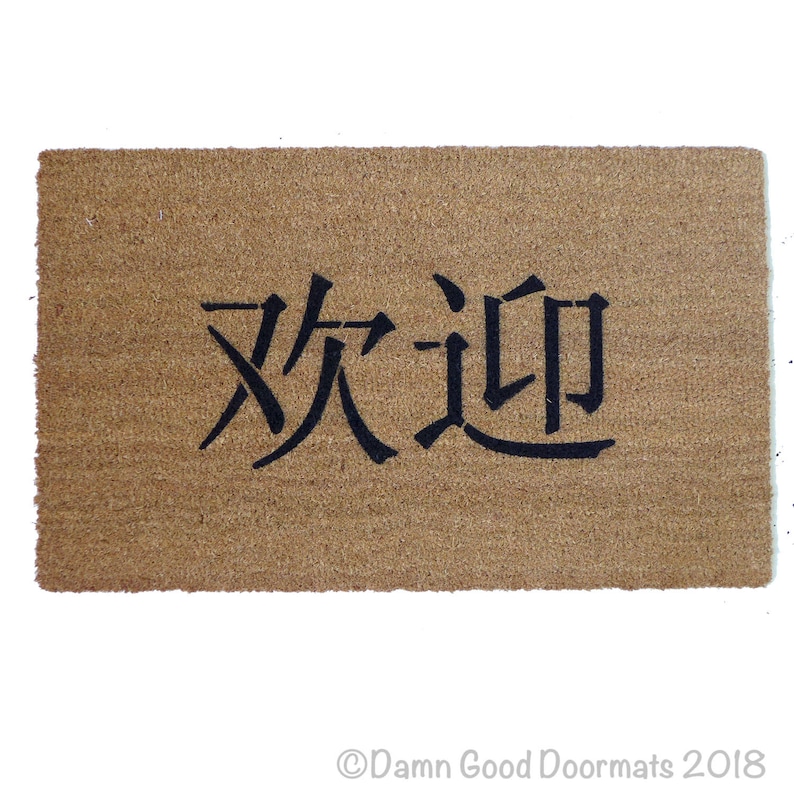
mā), the rising tone (má), the falling then rising tone (mǎ), the falling tone (mà), and the neutral tone (ma). There are five tones in Mandarin Chinese: the flat or level tone (e.g. We created this series of video lessons with clear explanations and helpful demonstrations for each of the tones, and we think it's the best way to learn and master them. Combined with our Tone Pairs practice tool, you now have everything you need to master pinyin, tones, and Chinese pronunciation.Ĭhinese tones refer to the different pitches and inflections used to pronounce words in Mandarin Chinese. We've also created a series of video lessons (below) with practice tools that enable you to record yourself and listen back to it to ensure your pronunciation matches the examples.

And even better, if you know English you should already know how to correctly pronounce over half of those sounds without any coaching! As for the rest, that's what we're here for! We've built this interactive pinyin chart (above) with demonstrations for how to correctly pronounce every possible sound in the Chinese language. Once you master these 409 sounds along with the tones, you'll have practically mastered the pronunciation of every single word in the Chinese language.

So even if you don't know Chinese characters, you can type in pinyin and Chinese people will understand.Įvery single sound that exists in Chinese can be displayed easily in a pinyin chart like the one above. Actually, all native Chinese speakers know pinyin - it's the first thing Chinese children learn at school before learning characters. Plus, it's not just for Chinese learners like yourself. Pinyin is an extremely useful tool and should be the foundation of your Chinese learning.

It's the most commonly used system for transcribing or or spelling out the Chinese sounds, and it uses the letters in the Latin alphabet that you are already familiar with. The word pīnyīn (拼音) in Chinese literally means "spell-sounds". Sign up to check all videos What is Pinyin?


 0 kommentar(er)
0 kommentar(er)
